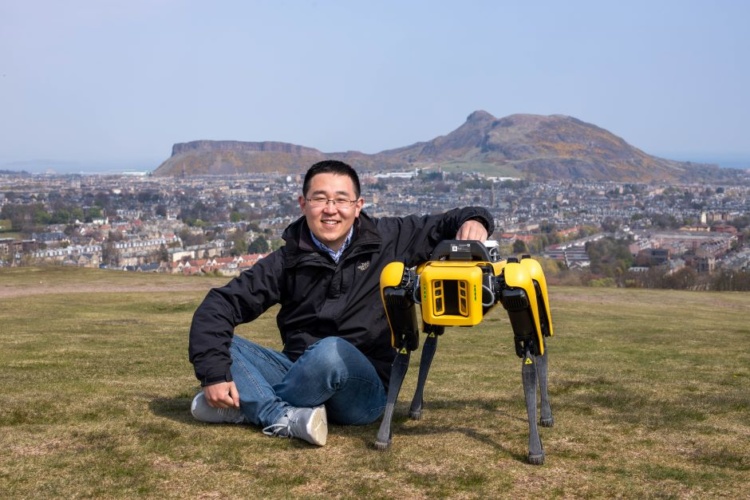
Working with industry partners, ORCA (Offshore Robotics for Certification of Assets) Hub’s aim is to help the offshore energy industry use robots to safely inspect, maintain and repair platforms, wind turbines, and other infrastructure, guided by humans on ships or on shore.
£600,000 of the new funding will be used to help deliver six demonstration projects with industrial partners, including the inspection of wind turbine foundations and the deployment of Industrial Internet of Things (IIoT) sensors.
Telexistence technology to assess robot in hazardous tasks
The remaining £1.9m will fund an extension of ORCA Hub’s activities to see if technologies and processes developed by the Edinburgh-based Hub can be used in sectors including construction and urban infrastructure through to decommissioning and waste management.
In a statement, Hub director Professor Yvan Petillot said: “The international offshore energy industry is undergoing a revolution, adopting aggressive net-zero objectives, and shifting rapidly towards large scale offshore wind energy production.
“The long-term industry vision is for a digitised offshore energy field, operated, inspected and maintained from the shore using robots, digital architectures and cloud-based processes to realise this vision. However, the recent pandemic has highlighted a widespread need for remote operations in many other industrial sectors.
“The ORCA Hub has built a community of roboticists and expertise during its initial phase. This funding extension aims to accelerate the translation of the research into our existing industry network, working with companies including Wood, EDF and Ross Robotics, while expanding into new sectors by adapting the current research and tackling the novel challenges these sectors bring.”
During its first project for the ORCA Hub, Boston Dynamics’ Spot robot will be deployed on construction sites, collecting data and measurements in real time. This will allow multiple parties, regardless of location to access and review the data, building greater understanding of the construction process and allowing companies to identify potential hazards and quality control measures.











Microplastics evading capture in wastewater treatment
Can anyone provide a link to a credible peer-reviewed study demonstrating toxicity from microplastics? This report uses words like ´potential´ and...